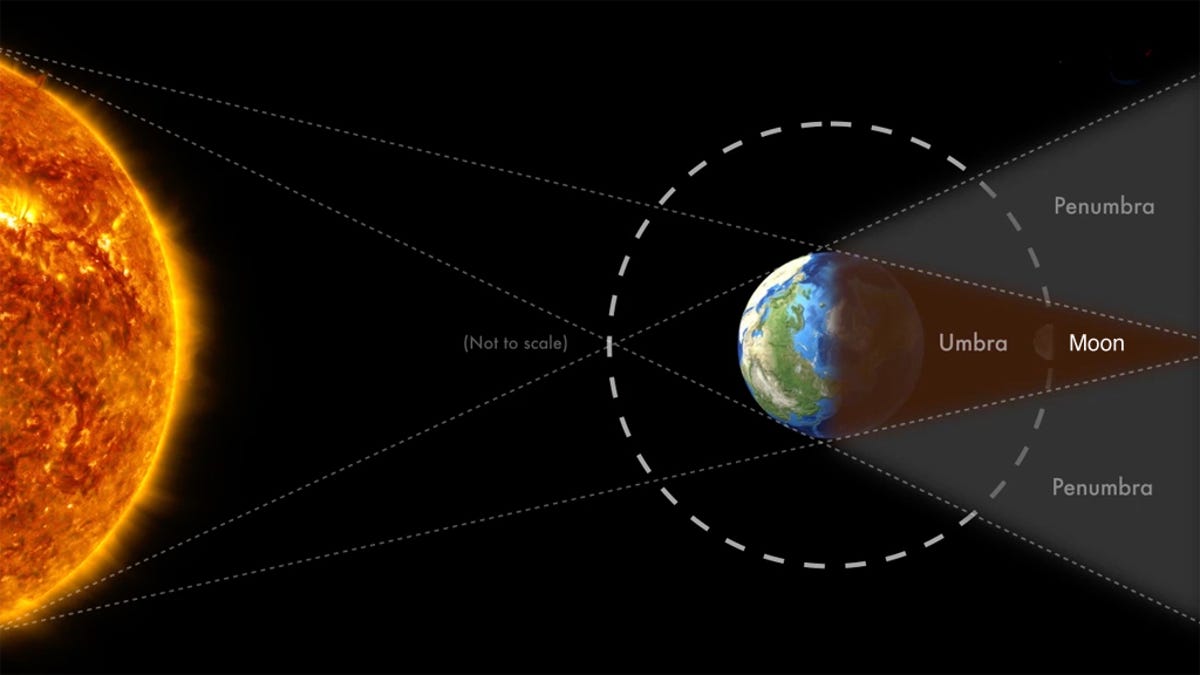‘Eclipse Season’ Continues With ‘Blood Moon’ Total Lunar Eclipse in November
On Tuesday, skywatchers in parts of Europe and Asia were treated to a partial solar eclipsebut this is just the first half of the current “eclipse season,” which concludes with a total lunar eclipse, or “blood moon,” that will be visible from North America in a few weeks.
The four seasons, as you probably know, have to do with the tilt of the Earth on its axis and the Northern and Southern Hemispheres’ orientation toward the sun. But eclipse seasons have to do with where the moon lines up between Earth and the sun.
Every 173 days, for a little over a month, our big natural satellite passes through the ecliptic, or the path the sun takes through our daytime sky.
“The moon doesn’t orbit in the exact same plane as the sun and Earth do,” NASA explains on its solar system blog. “The time when they are aligned is known as eclipse season, which happens twice a year.”
During an eclipse season, the moon is basically buzzing around between us and the sun, upping the chances it will pass between our planet and the neighborhood star for a solar eclipse or that the Earth will block out the moon for a lunar eclipse. Eclipse seasons typically generate two or three eclipses in less than a 37-day span.

This cosmic lineup gives us a blood moon.
NASA
Earlier this year, an eclipse season produced a partial solar eclipse in the Southern Hemisphere on April 30, followed by a total





